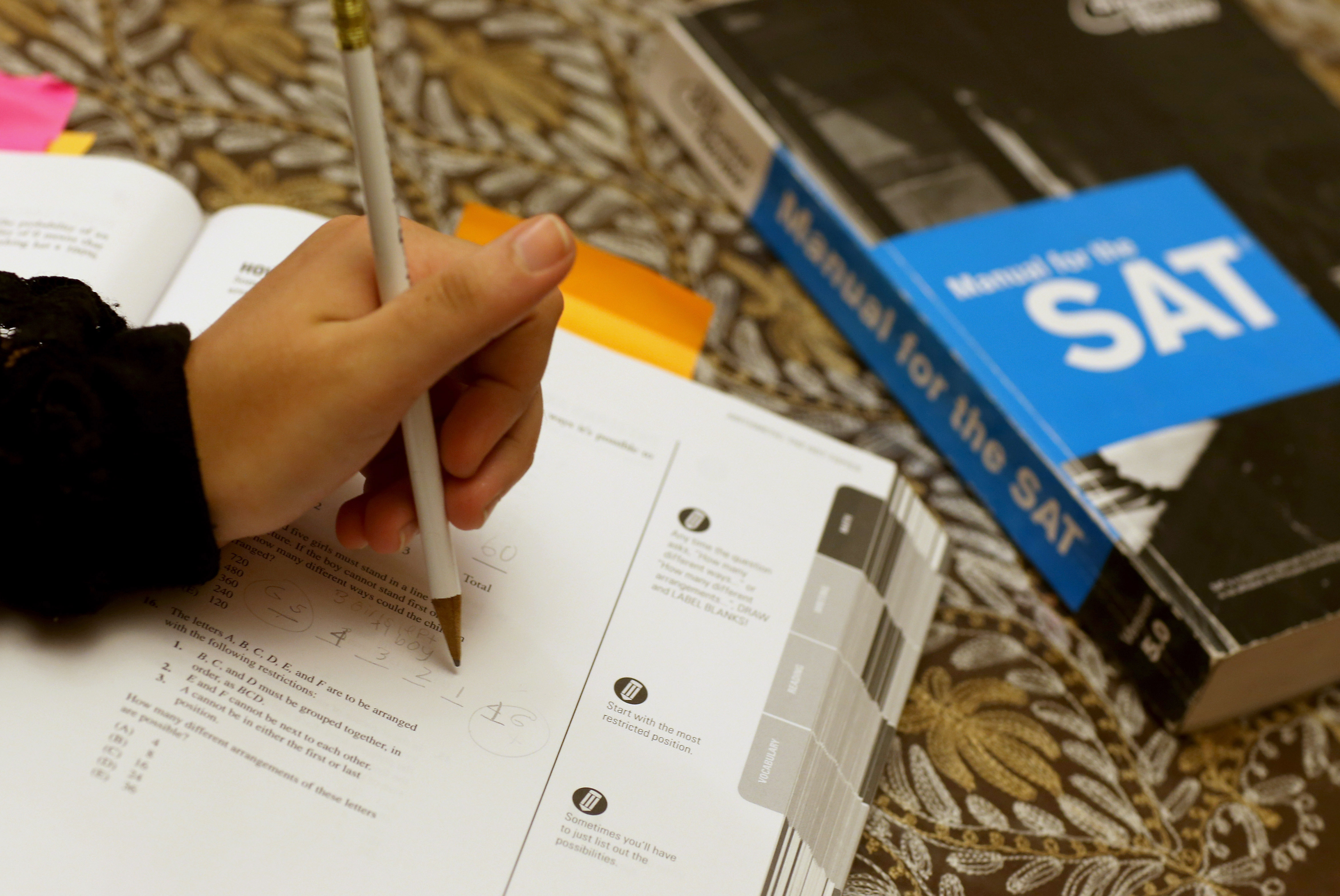
Event, News by admin Dec 01, 2022
Digital SAT - All you need to know
Collegeboard’s momentous shift from physical to digital has caused some confusion among folks who’ve been preparing for the SAT or PSAT in the older format. However, in the context of an ever-digitizing world, this is a move that is not only tech-savvy but also necessary. Yes, the new format is unfamiliar, but as educators in the field of test prep, it’s our responsibility to familiarize you with what we do know. Here’s the latest information on the Digital SAT.
Previously, the SAT was a pen-and-paper examination designed to test the language and mathematical skills of applicants aspiring for undergraduate courses abroad. The verbal section was used to gauge students’ ability in decoding how evidence is used to support a claim or the importance of vocabulary in certain contexts. Similarly, the math section tested candidates’ aptitude in specific topics such as algebra, data analysis, geometry, trigonometry, complex numbers, etc.
The current digital SAT is set to launch in March 2023. Although the names of the sections have been altered (1. Reading and Writing and 2. Math), they will continue to measure largely similar knowledge and skills including the use of reading/writing passages across a range of academic disciplines, demonstrations of command of evidence, both textual and quantitative, emphasis on high-utility words and phrases in context along with a continued focus on math that matters most for college and career readiness.
Here’s what has changed:
Duration
The Digital SAT is much shorter—lasting 2 hours and 14 minutes (64 minutes for Reading and Writing and 70 minutes for Math) instead of 3 hours. This means that the test-takers have more time, on average, to answer each question. We can safely conclude that the digital SAT Suite is shifting its focus toward students’ skills and knowledge, not test-taking speed.
Sectional changes
The verbal section, which previously contained two sections—Reading and Writing & Language, has now been condensed into one Reading and Writing section. Rather than a few long texts with a wider range of subjects, we now have shorter passages with a single (discrete) question associated with each passage or passage pair. The questions themselves have been divided into four broad sections—Craft & Structure, Information & Ideas, Standard English Conventions, and Expression of Ideas.
In the quantitative aptitude section, the range of topics covered has been expanded. But, a welcome change is that calculators are allowed throughout the math section. Moreover, the average length of in-context questions—commonly referred to as “word problems”—has been reduced. Broadly, the math section has been segregated into Algebra, Advanced Math, Problem-solving & Data Analysis, and Trigonometry & Geometry.
Multistage Adaptive Testing
The biggest variation in the new format is “Multistage Adaptive Testing.” This means that the SAT will now “adapt” to present questions that are more appropriate to a student’s performance level.
The paper will now consist of two modules: Module 1 will contain a mix of easy, medium, and hard questions while Module 2 will be a targeted mix of questions of varying difficulties based on their performance in Module 1. However, unlike in most question adaptive testing models, students can navigate freely through a given module’s questions, previewing upcoming questions or marking earlier questions.
How should you prepare for the Digital SAT?
The most updated way of prepping for the Digital SAT would be to keep an eye on both new and existing resources. For instance, Collegeboard has released four official (non-adaptive mocks) that you should definitely scope out. They’ve also released one or more adaptive tests on their testing app, Bluebook. Sites like Khan Academy have begun piloting their worksheets, containing four or more questions per topic. They’ve also attached brief instructions to each topic
How should educators adapt to this model?
In the changing landscape of Indian instruction, it’s more important than ever to introduce deserving candidates to the world of “elite” overseas education—that is financially affordable. 80% of students don’t dip their toes into a liberal arts education because they don’t “speak the language of the SAT. ”
If we incorporate the SAT into high school curricula, we’ll inevitably familiarize our students with the first step tow ..
This will also lead to a reduction in the hegemony of test prep and overseas counseling agencies that charge exorbitant fees in exchange for little to no accountability.
The biggest gain, however, is that students who perform significantly well in the SAT are awarded partial to full scholarships. If we can facilitate this process, deserving students will finally be able to gain the education they deserve!
Source: The Economic Times
We at HOC are committed to work towards providing the best of services for our students. Contact us to make HOC part of your USA educational Voyage, email us at usa@hyderabadoverseas.com or call us at 91-9000013364 for any further queries.




Leave a Comment